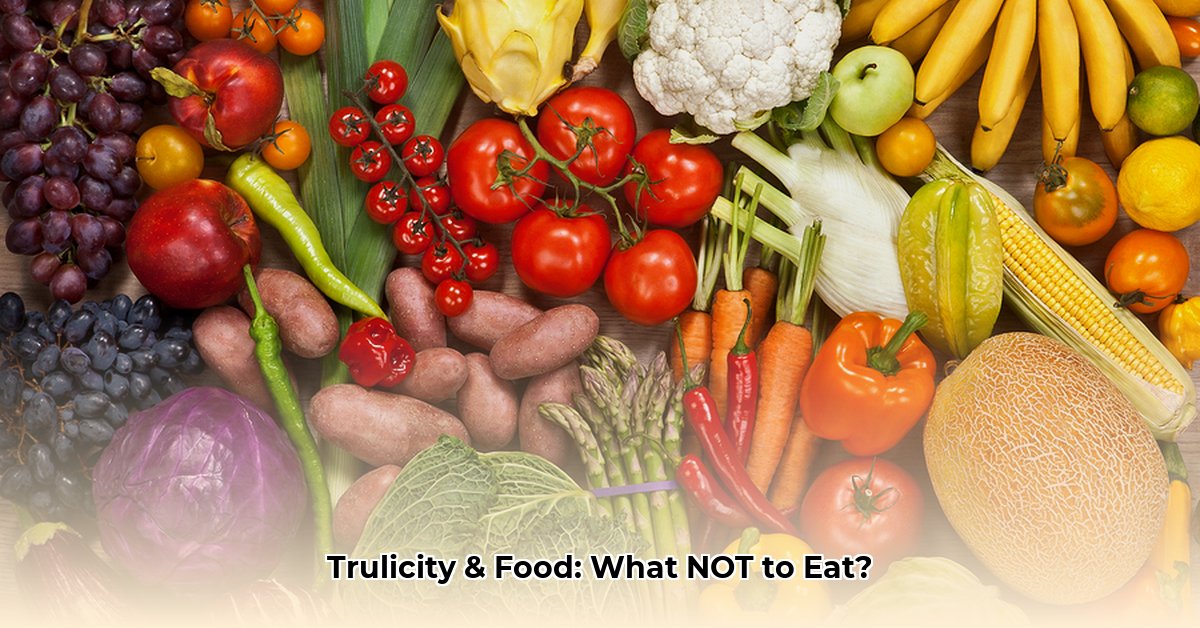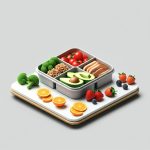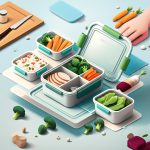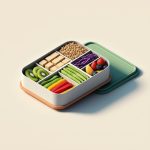Trulicity offers significant benefits for managing type 2 diabetes, but optimizing its effectiveness requires informed dietary choices. This comprehensive guide provides practical advice on foods to limit and those to embrace, ensuring optimal blood sugar control and overall well-being while taking Trulicity. For more information on the glycemic impact of healthy fats, check out this helpful resource on avocado glycemic index. Consider this your personalized nutrition roadmap, designed to work synergistically with your medication. Whether you’re seeking to avoid problematic foods or discover healthier alternatives, this guide offers actionable strategies for thriving with Trulicity. Let’s work together to make your diabetes management journey a resounding success!
Understanding the Connection: Food and Trulicity
It’s essential to understand the critical relationship between food and Trulicity. While Trulicity is a valuable medication, a well-balanced diet is vital for maximizing its effectiveness and ensuring you feel your best. Rather than adhering to strict rules, it’s about making smart, informed choices that allow your body and medication to work together harmoniously.
How Trulicity Affects Digestion and Blood Sugar: A Closer Look
Trulicity aids in managing type 2 diabetes by enhancing insulin release and slowing gastric emptying. However, it can sometimes cause gastrointestinal side effects like nausea. Thoughtful food choices become even more important in this context. Think of your digestive system as a finely tuned engine: the right fuel keeps it running smoothly, while the wrong fuel can cause problems. Your dietary choices directly influence how you feel while taking Trulicity. Understanding how your body responds to different foods is key to optimized health.
Foods to Limit or Avoid: Minimizing Gastrointestinal Issues
Certain foods can exacerbate Trulicity’s side effects. Let’s explore why and suggest tasty, healthy alternatives:
- High-Fat Foods: Fatty foods often digest slowly, potentially worsening nausea and causing stomach upset. The increased time the food spends in your stomach can also affect how Trulicity is absorbed. Instead of fried and greasy foods, choose grilled chicken or fish, salads with avocado (for healthy fats in moderation!), baked sweet potatoes, or lean protein stir-fries.
- Foods with Added Sugars: Excessive added sugar can lead to rapid blood sugar fluctuations, interfering with Trulicity’s effectiveness. Limit sugary drinks (sodas, sweetened teas, and juices), desserts, and processed snacks loaded with added sugar. Opt for fruits, with their natural sugars and fiber, as a healthier choice.
- Highly Processed Foods: Many processed foods are high in unhealthy fats, salt, and added sugars, making them less than ideal when taking Trulicity. They often lack fiber, essential for healthy digestion and blood sugar control. Focus on whole, unprocessed foods like fruits, vegetables, lean proteins, and whole grains.
- Large Meals: Consuming large portions can overwhelm your digestive system, particularly when starting Trulicity. Smaller, more frequent meals are easier on your stomach and can help regulate blood sugar levels.
- Alcohol: Alcohol can interact with diabetes medications and potentially cause hypoglycemia (low blood sugar), which can be dangerous. It can also lead to hyperglycemia (high blood sugar) depending on the amount consumed and whether it’s taken with food. If you choose to drink, do so in moderation, always with food, and monitor your blood sugar levels carefully. Consult your doctor about safe alcohol consumption guidelines.
- Carbonated Beverages: The carbonation can lead to bloating and gas, exacerbating any existing gastrointestinal discomfort from Trulicity.
Summary of Potential Dietary Risks: Severity and Manageability
Consider the potential food risks in terms of severity and ease of management:
| Food Category | Potential Problem Severity | How Easily Can You Manage the Risk? | Example of Healthy Swap |
|---|---|---|---|
| High-fat Foods | Moderate digestive upset | Easy | Grilled chicken instead of fried |
| Foods with Added Sugars | Moderate blood sugar swings | Moderate | Fruit instead of candy |
| Alcohol | Potentially serious (hypoglycemia/hyperglycemia) | Requires careful monitoring | Small amount with a meal; monitor blood sugar |
| Large Meals | Moderate digestive discomfort | Easy | Smaller portions, more frequently |
| Processed Foods | Variable, depends on the food | Easy (by choosing better options) | Whole grains instead of processed snacks |
| Carbonated Beverages | Mild to Moderate bloating and gas | Easy | Water or unsweetened tea |
Foods That Complement Trulicity: Prioritizing Whole, Nutrient-Rich Choices
Focus on foods that support good blood sugar control, promote healthy digestion, and provide essential nutrients:
- Lean Protein: Chicken breast, turkey, fish, tofu, beans, lentils, and Greek yogurt are excellent choices. They promote satiety, helping you manage blood sugar and supporting muscle health.
- Whole Grains: Oats, brown rice, quinoa, whole-wheat bread, and barley provide sustained energy and fiber. Fiber helps regulate blood sugar and improves digestion.
- Non-Starchy Vegetables: Leafy greens (spinach, kale), broccoli, cauliflower, peppers, cucumbers, and asparagus are rich in nutrients and fiber without significantly impacting blood sugar. They’re also low in calories for effective weight management.
- Healthy Fats: Avocados, nuts (in moderation), seeds (flax, chia), and olive oil offer essential nutrients and help stabilize blood sugar.
- Low-Carbohydrate Fruits: Berries, avocados, and coconut can be included as part of a healthy diet in moderation.
Crafting a Personalized Meal Plan: Establishing Sustainable Healthy Habits
Here’s a practical approach to meal planning while on Trulicity:
- Smaller, More Frequent Meals: Aim for 5-6 smaller meals and snacks instead of 3 large meals to prevent overwhelming your digestive system and help stabilize blood sugar.
- Protein and Fiber at Every Meal: Ensure each meal and snack includes a source of protein and fiber to promote satiety and regulate blood sugar.
- Hydration is Key: Drink plenty of water throughout the day, avoiding sugary drinks that can negatively impact blood sugar levels. Unsweetened herbal teas are also a great option.
- Read Food Labels Diligently: Pay attention to hidden sugars, unhealthy fats, and sodium content. Many processed foods contain more than you might realize.
- Listen Attentively to Your Body: Pay close attention to how different foods make you feel. If something causes discomfort, limit or avoid it.
- Plan Ahead: Planning your meals and snacks in advance can help you make healthier choices and avoid impulsive decisions.
This guide provides general recommendations. Consulting a registered dietitian or certified diabetes educator is always advisable to create a personalized meal plan tailored to your specific needs, preferences, and medical history. They can provide individualized advice, teach you how to monitor your blood glucose, and boost your confidence in your food choices. Your physician remains your best resource for concerns about medication and overall healthcare management. Remember, you’re in charge, and informed food choices can significantly improve your health and well-being while maximizing the benefits of Trulicity. “A well-planned diet is a cornerstone of effective diabetes management and enhances Trulicity’s ability to control blood sugar,” said [Dr. David Lee, CDE], [Certified Diabetes Educator] at [Metabolic Health Solutions].
- Where to Buy Bento Boxes for Healthy, Organized Meals - December 9, 2025
- Plastic Bento Boxes Make Meal Prep and Cleanup Effortless - December 8, 2025
- Shop Bento Lunch Boxes on Sale Nearby Now - December 7, 2025










